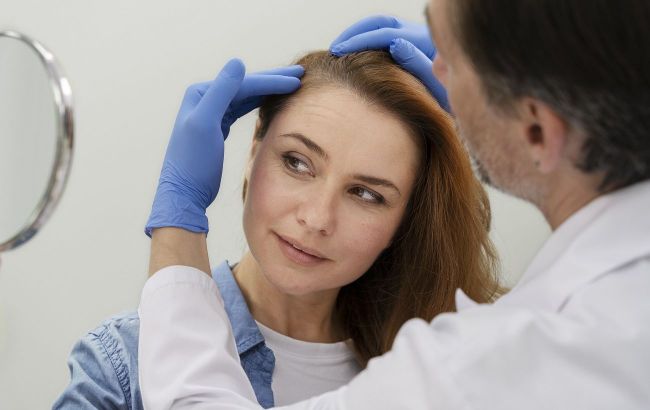Hair loss solution: Scientists find chemical that could help
 Photo: Scientists have found a way to restore hair (Freepik)
Photo: Scientists have found a way to restore hair (Freepik)
One of the main causes of hair loss is androgenetic alopecia, also known as male- or female-pattern baldness, which affects up to 50% of men and women, reports Advanced Healthcare Materials.
What the scientists reported
One of the most common medications for baldness, found in products like Rogaine, is minoxidil (originally developed to treat high blood pressure).
While this treatment has helped many people regrow hair, it has several drawbacks. Standard treatments typically have low water solubility and poor skin absorption.
For this reason, some hair growth experts use minoxidil with a microneedle roller (microneedling). It is a technique that creates tiny holes in the top layer of the skin to stimulate growth factors and increase drug absorption.
Stevia microneedle patch
As described in a new study, scientists from China and Australia have developed a soluble patch that can perform the work of microneedling while simultaneously delivering a dose of minoxidil to the scalp.
Most interestingly, it is made from a somewhat unexpected ingredient: stevioside (STV), a natural sweetener derived from the stevia plant.
"Using STV as a novel solubilizing agent, we incorporated MXD into a dissolving MN patch, which was used to enhance the solubility and bioavailability of MXD and overcome the limitations of traditional carrier single-function approaches," the researchers write.
"This approach used a lower drug dosage when compared with daily topical application, which offers a safe and effective strategy for long-term hair regeneration in clinical settings," the scientists add.
How it works: Science behind hair loss
The authors note that while testosterone does not directly cause baldness, the enzyme 5α-reductase converts testosterone into dihydrotestosterone (DHT), which triggers apoptosis (or cell death) in keratin-producing cells in the epidermis.
Minoxidil inhibits certain enzymes and blocks androgen receptors, ultimately reducing the production and binding of DHT. It also boosts aromatase, which converts testosterone into estradiol, a type of estrogen that further stimulates hair growth.
To test their new idea, the researchers used mouse models with androgenetic alopecia and compared the new patch with standard treatments. After 35 days, they observed hair regrowth on 67% of the target area compared to only 25% in the control group. This is a promising start for this stevia-based hair loss treatment.
Earlier, we wrote about five treatments hairdressers never recommend.

